Home>Maintenance & Safety>Child & Elderly Safety at Home>How Tall To Get Out Of A Booster Seat
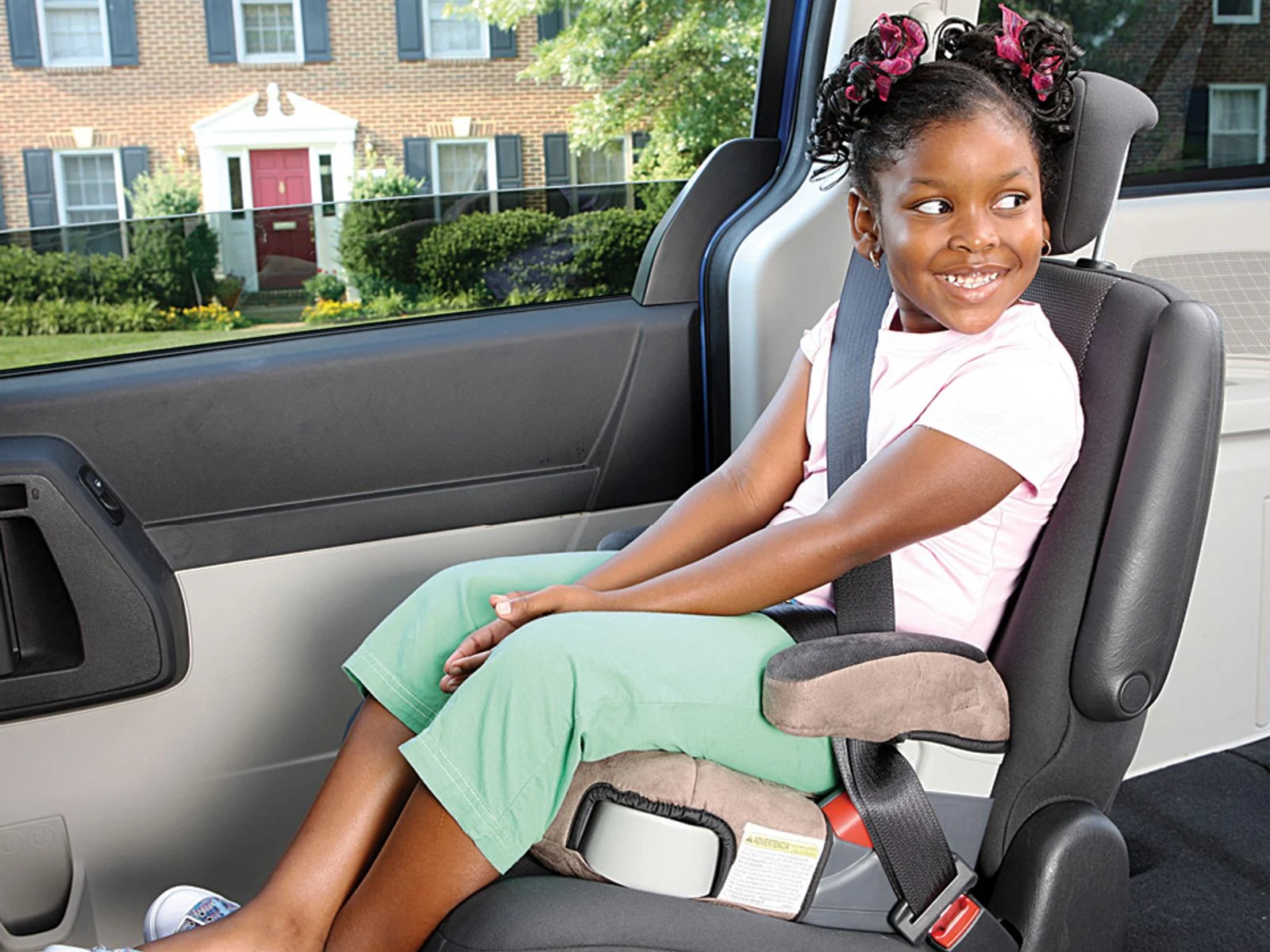

Child & Elderly Safety at Home
How Tall To Get Out Of A Booster Seat
Modified: March 2, 2024
Ensure child and elderly safety at home by learning the proper height for transitioning out of a booster seat. Find expert tips and advice here.
(Many of the links in this article redirect to a specific reviewed product. Your purchase of these products through affiliate links helps to generate commission for Storables.com, at no extra cost. Learn more)
Introduction
Transitioning from a booster seat is a significant milestone in a child's life, signifying their growth and development. It marks the progression towards greater independence and maturity, as they no longer rely on the booster seat for added height and support. Understanding the height requirements for getting out of a booster seat is crucial for ensuring the safety and comfort of the child during this transition phase.
As a parent or caregiver, it's natural to feel a mix of emotions when your child reaches the stage of outgrowing their booster seat. It's a proud moment, witnessing their physical growth and knowing that they are becoming more self-reliant. However, it's also important to approach this transition with a sense of responsibility and awareness, prioritizing the safety of the child above all else.
In this article, we will delve into the specifics of booster seat requirements, particularly focusing on the height criteria for determining when a child is ready to graduate from a booster seat. Additionally, we will explore valuable tips for facilitating a smooth transition out of the booster seat, ensuring that the child continues to travel safely in vehicles.
Understanding the nuances of this transition is essential for parents, guardians, and anyone involved in the care of children. By gaining insight into the height requirements and best practices for transitioning out of a booster seat, you can effectively support the child's journey towards greater independence while maintaining a vigilant approach to their safety. Let's embark on this informative exploration, empowering you with the knowledge and guidance needed to navigate this pivotal stage in your child's development.
Key Takeaways:
- Kids are ready to leave booster seats when they’re around 4 feet 9 inches to 4 feet 11 inches tall. They should also sit properly in the car seat and have the seat belt fit them snugly.
- When transitioning out of a booster seat, it’s important to gradually let kids ride without it, educate them about seat belt safety, and encourage good posture. This helps them stay safe and comfortable in the car.
Read more: How Tall For A Backless Booster Seat
Understanding Booster Seats
Booster seats play a crucial role in ensuring the safety of young passengers during car journeys. Designed for children who have outgrown their forward-facing car seat but are not yet tall enough to use a seat belt alone, booster seats provide the necessary elevation for the seat belt to fit properly. This is essential for protecting children in the event of a sudden stop or collision.
There are two main types of booster seats: high-back boosters and backless boosters. High-back boosters offer head and neck support and are suitable for vehicles without headrests or for children who require additional support. On the other hand, backless boosters are more compact and are often preferred for their portability and ease of use, making them ideal for travel or carpooling.
The primary function of a booster seat is to elevate the child to a height where the vehicle's seat belt fits properly. When seated in a booster, the lap belt should lie snugly across the child's upper thighs, not the stomach, and the shoulder belt should rest comfortably across the chest and shoulder, not the neck or face. This positioning is crucial for ensuring that the seat belt effectively restrains the child in the event of a crash, minimizing the risk of injury.
It's important to note that booster seats are not a one-size-fits-all solution. They are designed to accommodate children of varying heights and weights, with specific guidelines provided by manufacturers and regulatory bodies. Understanding the individual requirements of each booster seat, including height and weight limits, is essential for selecting the most suitable option for a child.
In addition to meeting the height and weight criteria, it's imperative to ensure that the booster seat is installed correctly in the vehicle. Proper installation is fundamental for maximizing the safety benefits of the booster seat and minimizing the risk of injury in the event of a collision. Following the manufacturer's instructions and utilizing the vehicle's seat belt or LATCH system as directed are key steps in achieving a secure and stable installation.
By comprehending the purpose and functionality of booster seats, as well as the specific considerations for different types of boosters, caregivers can make informed decisions when selecting and using these essential safety devices. This understanding forms the foundation for ensuring that children are adequately protected while traveling in vehicles, promoting a safe and secure environment for their journeys.
Height Requirements for Getting Out of a Booster Seat
Determining the appropriate height for a child to transition out of a booster seat is a critical consideration for ensuring their safety and comfort during car journeys. While there is no universal height requirement that applies to all children, there are general guidelines that can help caregivers assess when a child may be ready to graduate from a booster seat.
The typical height range for transitioning out of a booster seat is between 4 feet 9 inches (57 inches) and 4 feet 11 inches (59 inches). At this height, many children have developed sufficient bone density and body proportions to allow the vehicle's seat belt to fit them properly without the need for a booster seat. However, it's important to note that these measurements serve as a starting point, and individual factors such as the child's build and the specific design of the vehicle's seat belts should also be taken into account.
In addition to height, it's essential to consider the proper positioning of the vehicle's seat belt on the child's body. When a child is seated without a booster, the lap belt should rest low across the hips and upper thighs, not on the stomach, and the shoulder belt should lie snugly across the chest and shoulder, without touching the neck or face. This positioning ensures that the seat belt can effectively restrain the child in the event of a sudden stop or collision, minimizing the risk of injury.
While height serves as a general indicator for transitioning out of a booster seat, it's equally important to assess the child's readiness based on their ability to sit properly in the vehicle seat without slouching or leaning. If the child can comfortably sit with their back against the vehicle seat, knees bent at the edge of the seat, and feet flat on the floor, they may be prepared to transition out of the booster seat.
Ultimately, the decision to transition a child out of a booster seat should be based on a combination of height, proper seat belt fit, and the child's ability to maintain a safe sitting position in the vehicle. Caregivers should also consider the specific recommendations provided by the booster seat manufacturer and relevant regulatory authorities to ensure a comprehensive and informed approach to this transition.
By understanding the height requirements for getting out of a booster seat and considering the broader aspects of seat belt fit and child readiness, caregivers can make well-informed decisions that prioritize the safety and well-being of the child during car travel. This knowledge empowers caregivers to navigate the transition out of a booster seat with confidence and vigilance, fostering a secure environment for the child's continued journeys in vehicles.
Make sure your child is at least 4 feet 9 inches tall before getting out of a booster seat. This ensures that the seat belt fits properly and provides the best protection in case of a crash.
Tips for Transitioning Out of a Booster Seat
Transitioning out of a booster seat marks a significant milestone in a child's journey towards increased independence and maturity. It's a pivotal moment that requires thoughtful consideration and careful preparation to ensure the child's safety and comfort during car travel. Here are essential tips to facilitate a smooth and successful transition out of a booster seat:
-
Gradual Transition: Rather than abruptly removing the booster seat, consider a gradual transition by initially allowing the child to ride without the booster for short, familiar trips. This approach helps the child acclimate to the new seating arrangement and allows caregivers to assess their readiness for extended periods without the booster.
-
Educate and Empower: Prior to transitioning out of the booster seat, educate the child about the importance of proper seat belt use and the significance of sitting upright and still while in the vehicle. Empower them with knowledge about the role of seat belts in ensuring their safety, fostering a sense of responsibility and awareness.
-
Lead by Example: Children often emulate the behavior of adults, so it's crucial for caregivers to demonstrate and prioritize safe and responsible vehicle behavior. By consistently wearing seat belts and adhering to safe sitting practices, caregivers set a positive example for children to follow.
-
Regular Safety Checks: Conduct regular safety checks to ensure that the vehicle's seat belts fit the child properly without the need for a booster seat. Verify that the lap belt rests low across the hips and upper thighs, and the shoulder belt lies snugly across the chest and shoulder, providing effective restraint in the event of a collision.
-
Encourage Proper Posture: Emphasize the importance of maintaining proper posture while seated in the vehicle. Encourage the child to sit with their back against the seat, knees bent at the edge of the seat, and feet flat on the floor. This posture promotes comfort and stability while ensuring optimal seat belt positioning.
-
Reinforce Safe Habits: Continuously reinforce safe habits and behaviors related to vehicle travel. Remind the child to avoid slouching, leaning, or engaging in distracting activities while in the vehicle, fostering a focused and attentive approach to car travel.
-
Open Communication: Maintain open communication with the child throughout the transition process. Encourage them to express any concerns or discomfort they may experience when riding without the booster seat, and address any apprehensions with empathy and reassurance.
By implementing these tips, caregivers can navigate the transition out of a booster seat with attentiveness and care, prioritizing the child's safety and well-being while fostering a positive and informed approach to vehicle travel. This thoughtful guidance ensures that the child continues to journey safely in vehicles, equipped with the knowledge and support needed for this significant developmental milestone.
Conclusion
In conclusion, the transition out of a booster seat represents a significant developmental milestone for children, marking their progression towards increased independence and maturity. Understanding the height requirements for this transition, as well as the essential tips for facilitating a smooth and successful shift, is paramount for ensuring the safety and comfort of young passengers during car travel.
As caregivers, parents, and guardians, it is our responsibility to approach this transition with a balanced perspective, acknowledging the child's physical growth while prioritizing their safety above all else. By comprehending the specific height criteria for transitioning out of a booster seat, caregivers can make informed decisions that align with the child's individual readiness and the proper fit of the vehicle's seat belt.
The height range of 4 feet 9 inches to 4 feet 11 inches serves as a general guideline for considering the transition out of a booster seat. However, it's crucial to assess the child's readiness based on their ability to sit properly in the vehicle seat without the need for additional elevation. This includes ensuring that the seat belt fits snugly across the child's hips, thighs, chest, and shoulders, providing effective restraint in the event of a sudden stop or collision.
Furthermore, the tips provided for facilitating the transition out of a booster seat offer practical guidance for caregivers, empowering them to navigate this milestone with attentiveness and care. By embracing a gradual transition approach, educating and empowering the child about seat belt safety, and reinforcing proper posture and safe habits, caregivers can create a supportive environment that fosters responsible vehicle behavior.
Ultimately, the transition out of a booster seat is a collaborative effort that requires open communication, patience, and a commitment to prioritizing the child's well-being. By integrating the knowledge and insights gained from understanding booster seats and height requirements, caregivers can navigate this transition with confidence, ensuring that the child continues to travel safely and securely in vehicles.
As we celebrate the child's growth and increasing independence, let us also uphold our commitment to safeguarding their well-being, both now and in the future. The transition out of a booster seat is not only a symbolic step towards maturity but also a testament to our dedication to providing a safe and nurturing environment for the children in our care.
Frequently Asked Questions about How Tall To Get Out Of A Booster Seat
Was this page helpful?
At Storables.com, we guarantee accurate and reliable information. Our content, validated by Expert Board Contributors, is crafted following stringent Editorial Policies. We're committed to providing you with well-researched, expert-backed insights for all your informational needs.
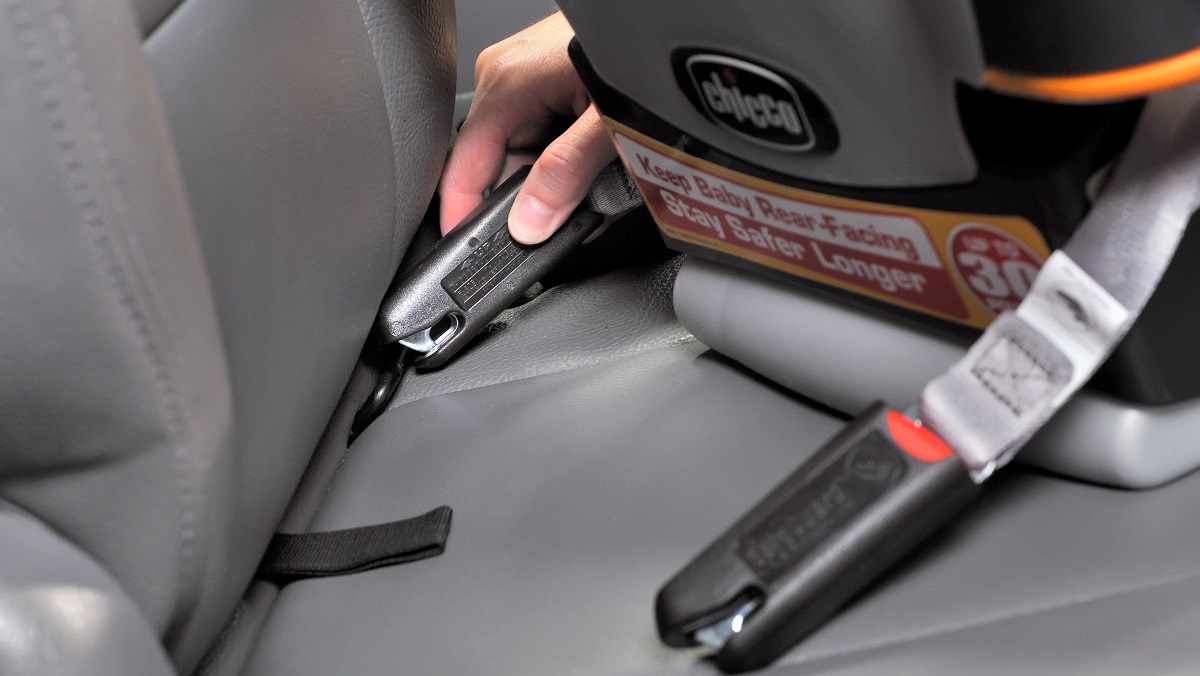
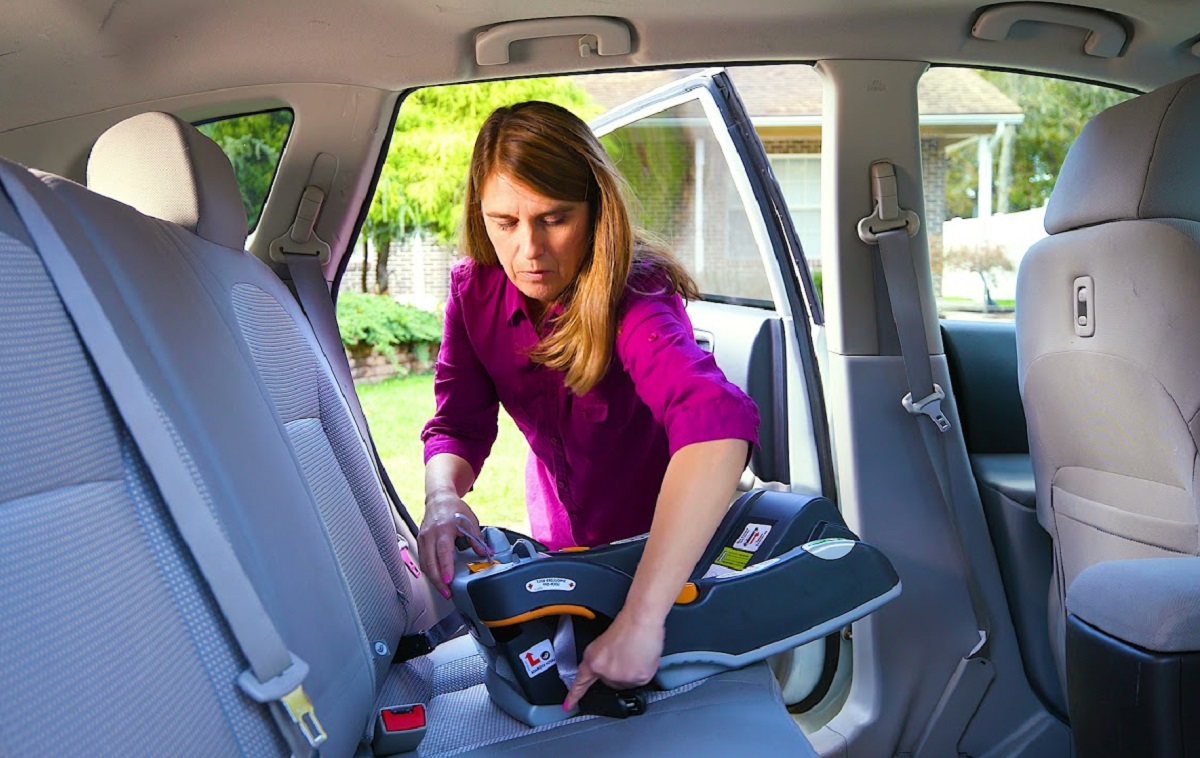
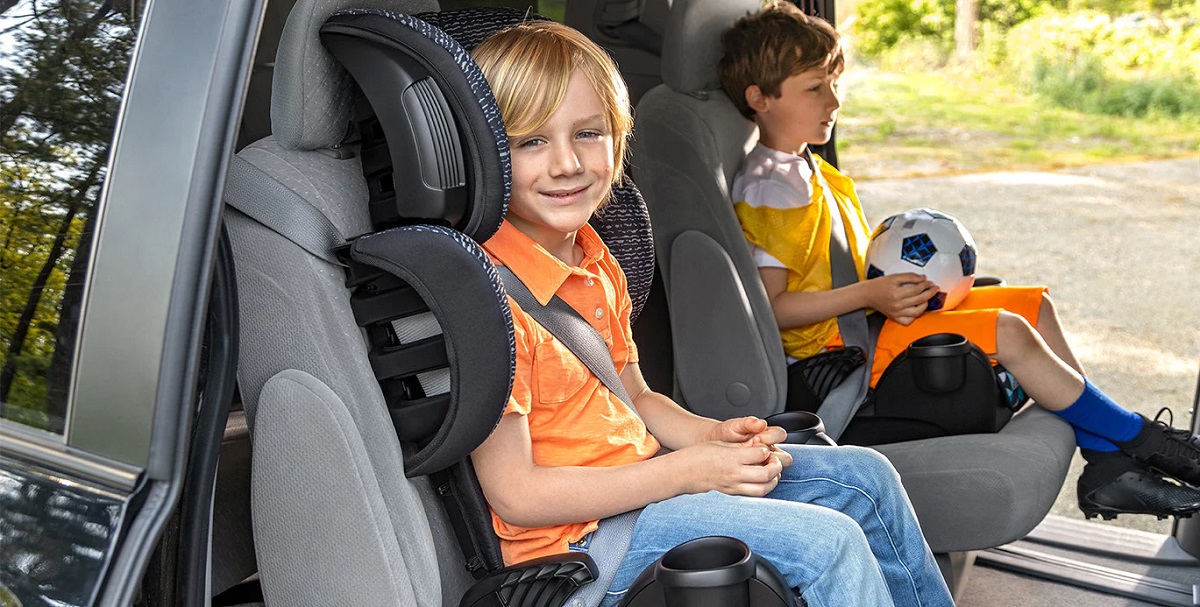
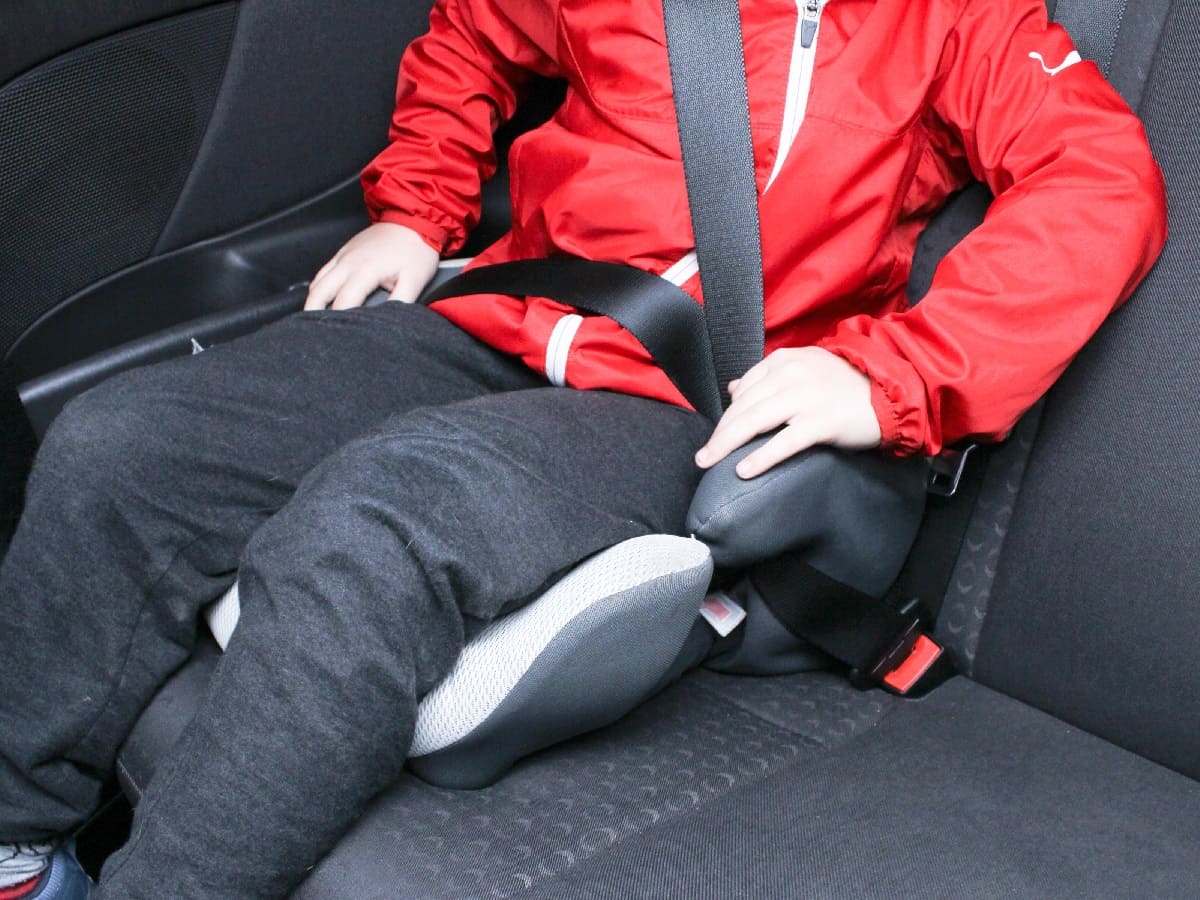
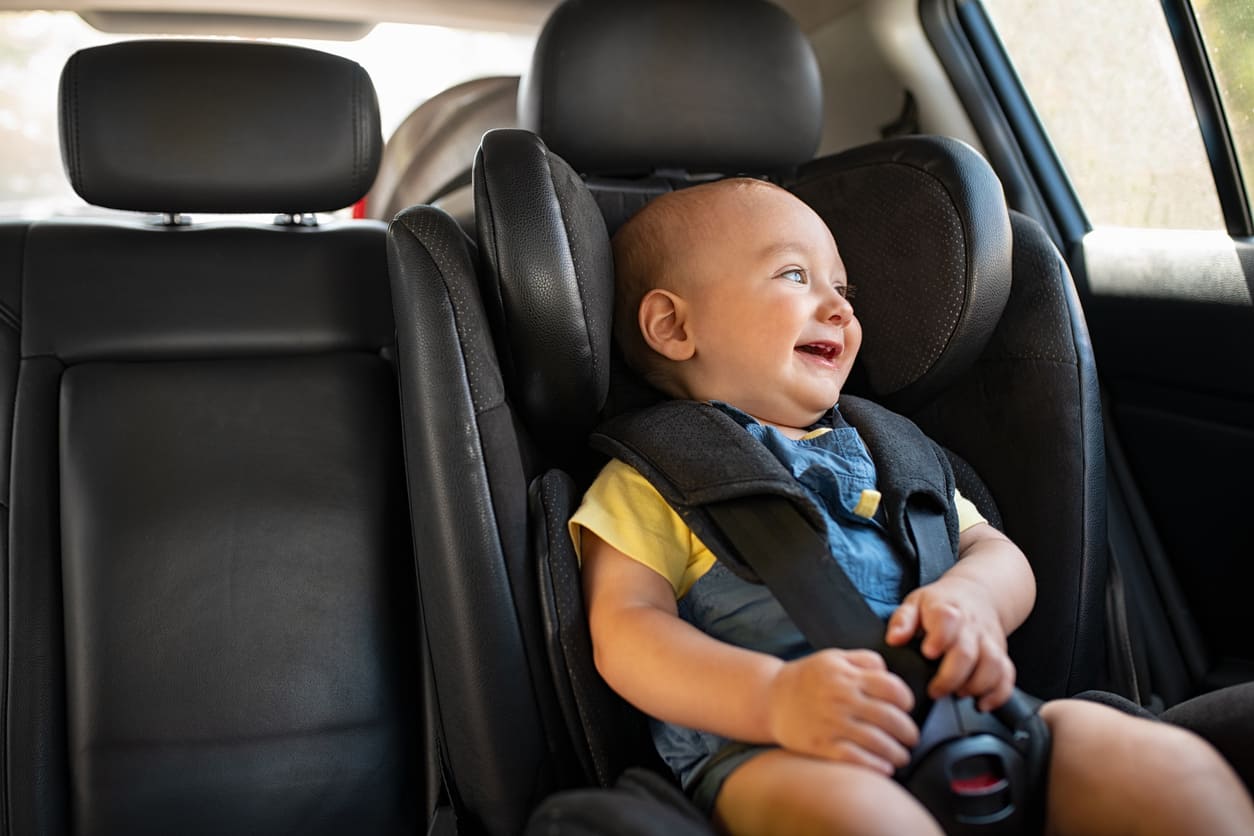
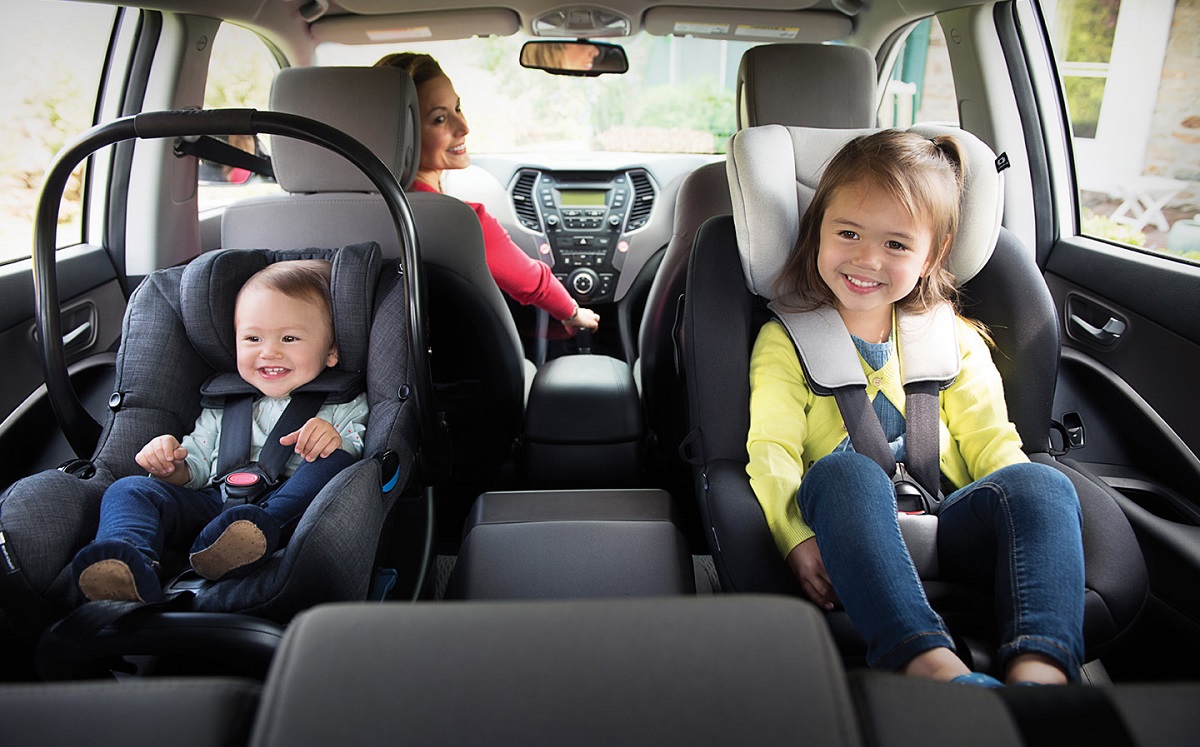
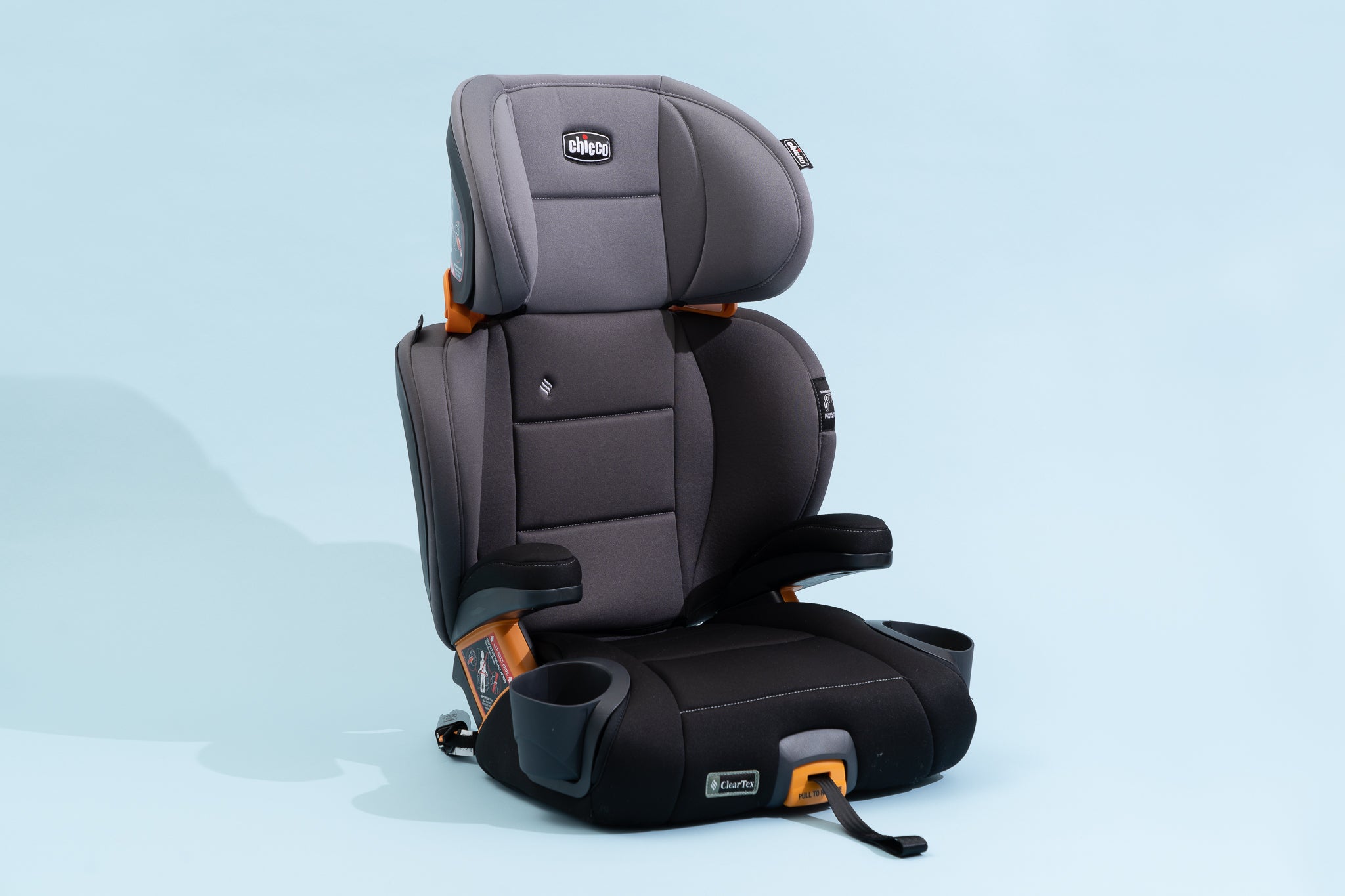
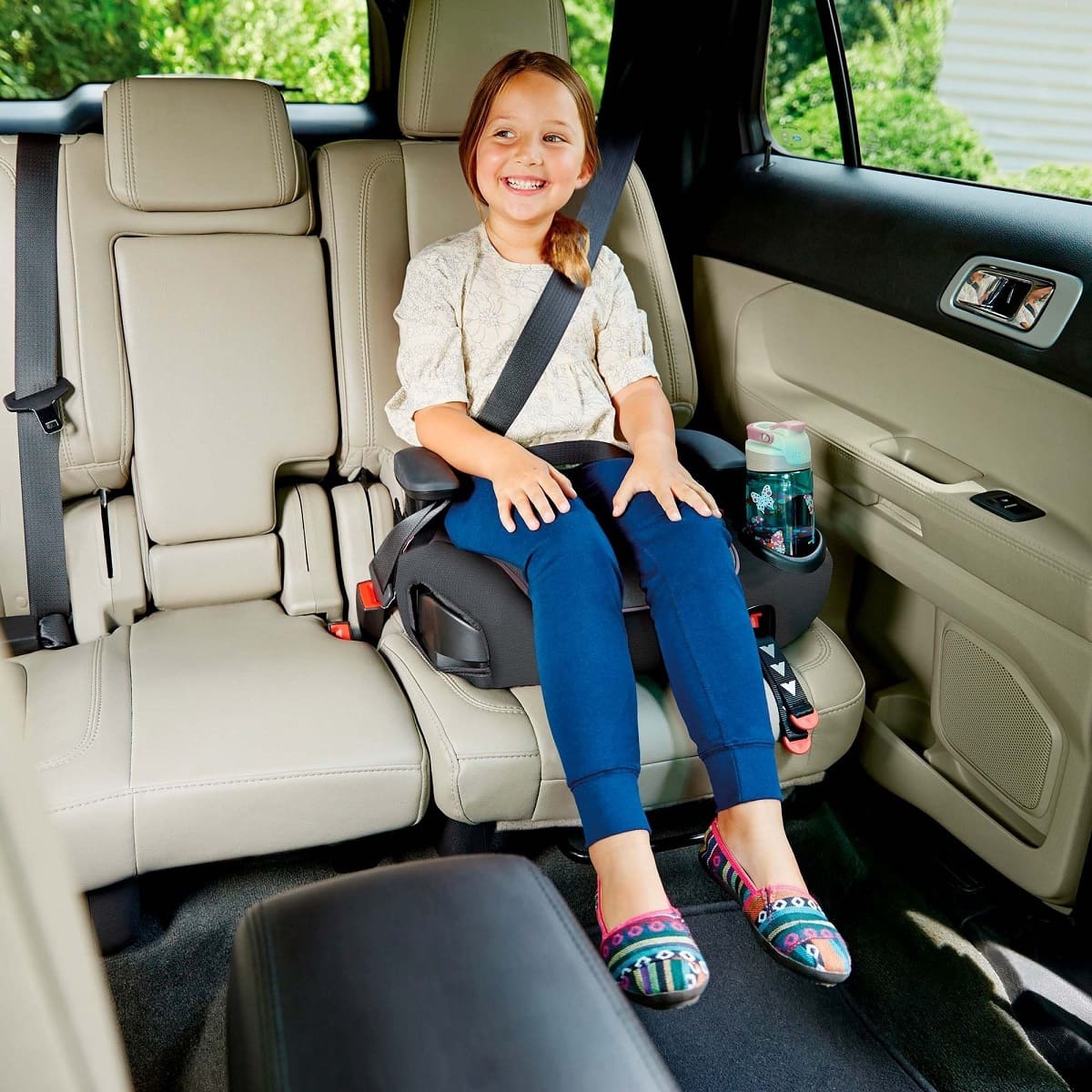
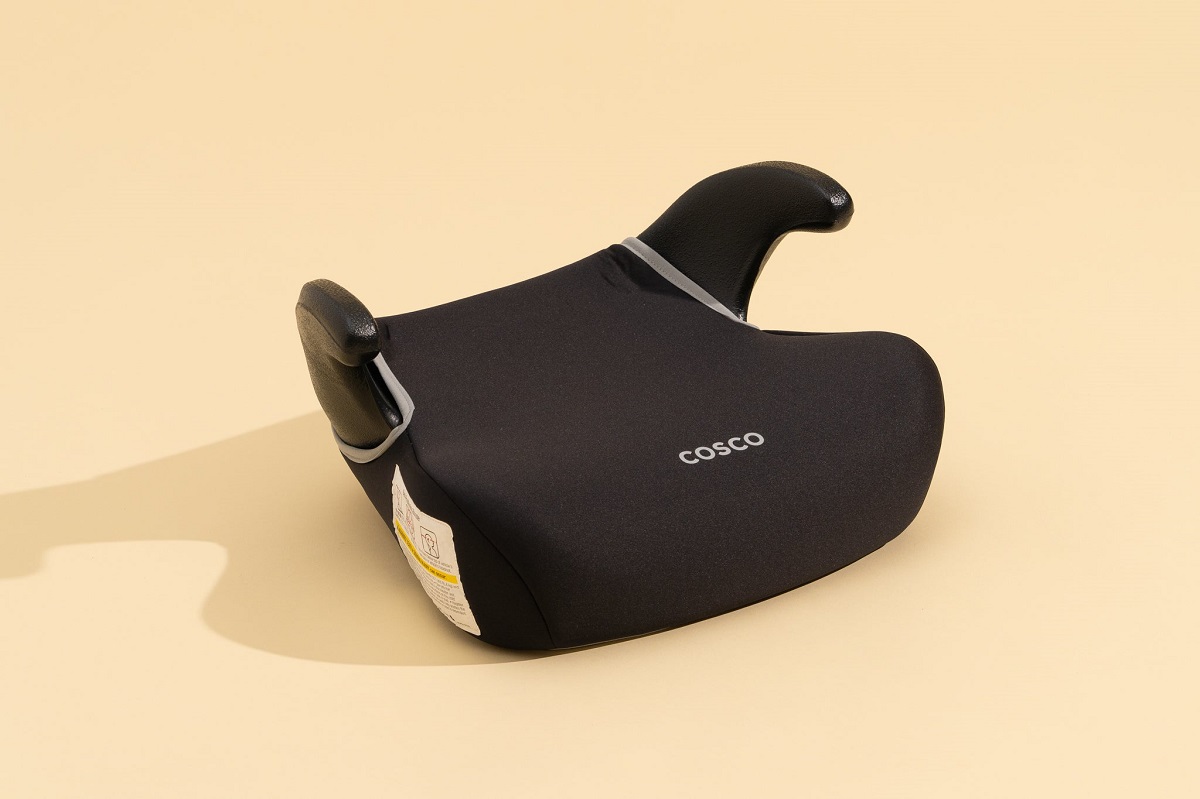

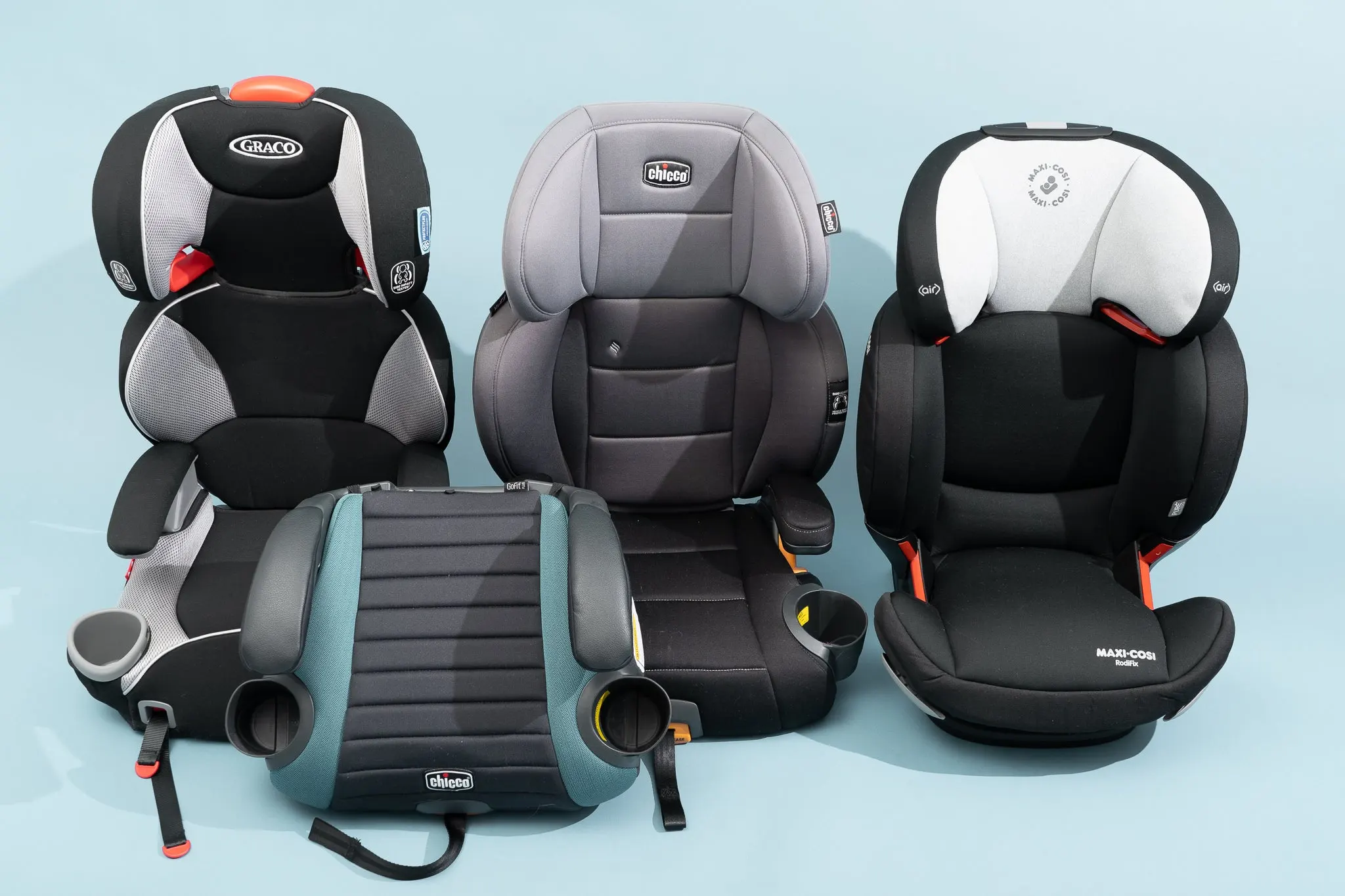
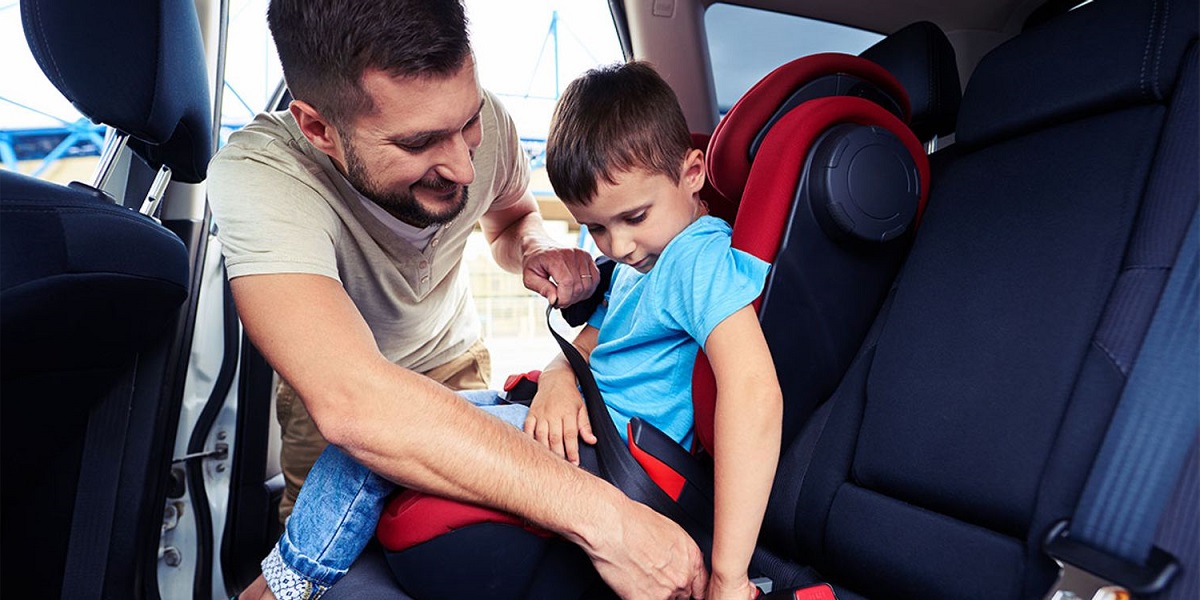
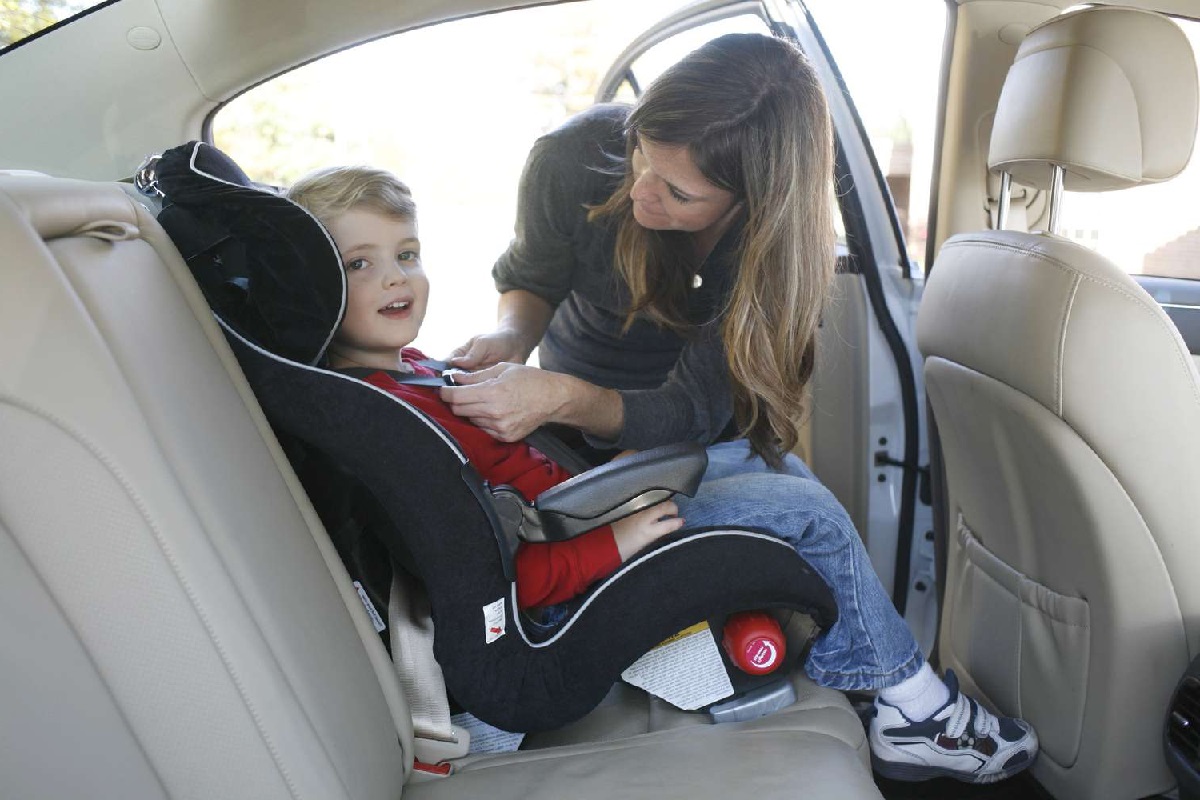
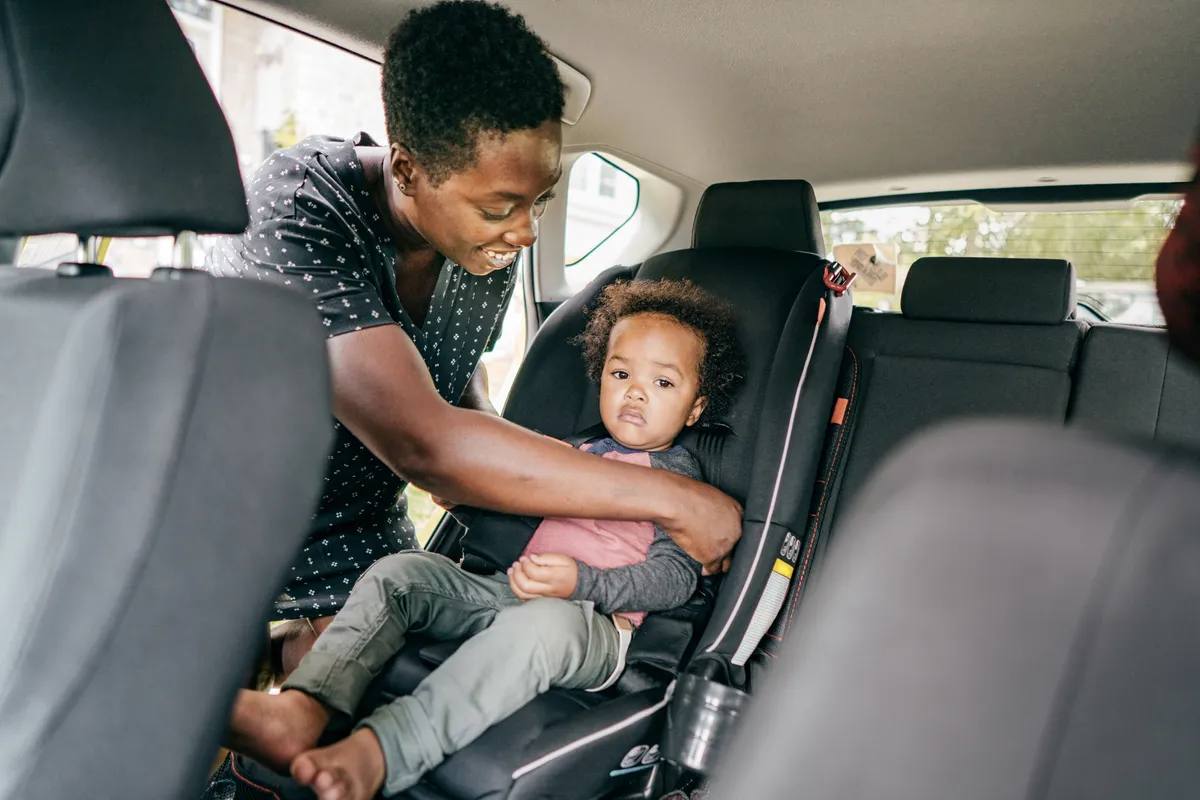


0 thoughts on “How Tall To Get Out Of A Booster Seat”